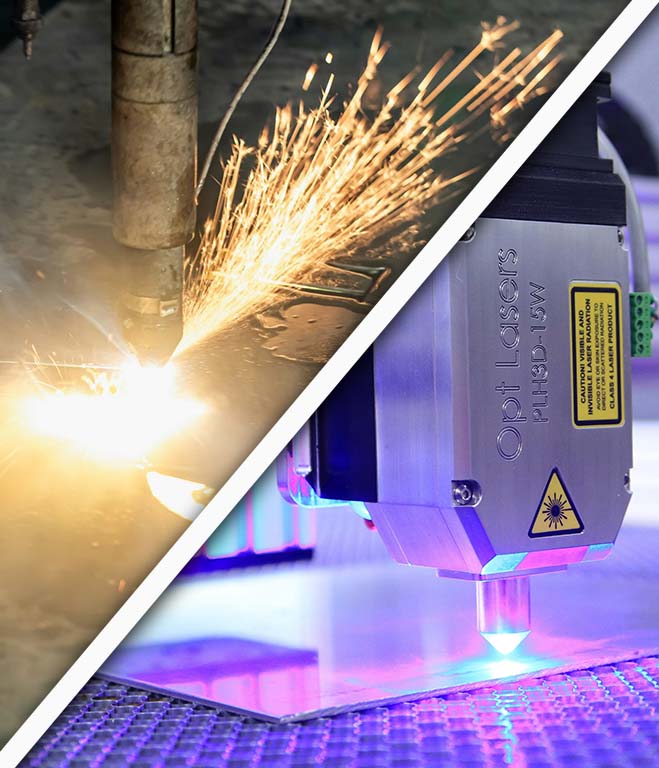
Plate Processing Company
HD Plasma Cutting vs Laser Cutting: Which Is Right for Your Houston Project?
HD Plasma Cutting vs Laser Cutting: Which Is Right for Your Houston Project?
The manufacturers, construction firms, and fabrication stores of the locale are under dire need to make important choices in regard to the modern technologies that would be implemented in their particular projects.
There are two widely used processes in the metal cutting industry namely (HD plasma cutting and laser cutting). Different technologies come with various benefits and drawbacks that tend to favor them in various applications and schemes of the project.

HD Plasma Cutting Technology How it Works
HD plasma cutting is a high-technology thermal cutting method in which a hot and high?temperature plasma arc is used to melt and then cut material out of metal work pieces. The technology produces electrically conductive gas plasma at high temperatures of above 20000 fahrenheit to cut different types and volumes of metals.
Laser Cutting- Accuracy with Light
Laser-cutting is a technology which uses focused lasers beams to precisely cut materials with limited heat affected zones.
Its development involves either CO2 or fiber laser to produce a focused beam energy that vaporizes or melts the material according to the pre-programmed cutting paths.
Laser beam is directed to perform complicated cuts and geometries by computer-controlled system with significant precision.
The cut edges generated in laser cutting are very smooth and limited Burr generation which most of the time negates by the need of post finishing processes.
The technology is most suited to cutting thin to medium-thick material, with most capable of cutting steel up to 1 inch thick with ease, although a very few models can cut up to 1 inch thick at lower speed and quality.
Material Thickness and Cutting Capabilities
HD plasma cutting services demonstrate superior performance when cutting thick materials. The technology efficiently handles steel plates up to 2 inches thick while maintaining reasonable cutting speeds and acceptable edge quality.
This capability makes plasma cutting the preferred choice for heavy fabrication projects, structural steelwork, and applications requiring cuts through substantial material thicknesses.
Plasma cutting speed increases significantly with thicker materials compared to laser cutting. When cutting 1-inch thick steel, plasma systems can achieve cutting speeds several times faster than laser systems.
This speed advantage becomes more pronounced as material thickness increases, making plasma cutting highly efficient for heavy-duty applications.
Applications and Industry Suitability
HD plasma cutting services prove ideal for applications requiring thick material cutting, including:
• Heavy fabrication and structural steelwork
• Industrial equipment manufacturing
• Shipbuilding and marine applications
• Construction and architectural projects
• Repair and maintenance operations
The technology's versatility and cost-effectiveness make it particularly suitable for Houston's energy sector, where thick steel plates and heavy fabrication requirements are common. Plasma cutting's ability to handle various material types and thicknesses efficiently supports the region's diverse industrial needs.
Making the Right Choice for Your Houston Project
Selecting between HD plasma cutting in Houston services and laser cutting depends on several critical factors. Material thickness represents the primary consideration, with plasma cutting offering advantages for thick materials and laser cutting excelling with thin to medium thicknesses. Project requirements for edge quality, dimensional accuracy, and production volume also influence the decision.


